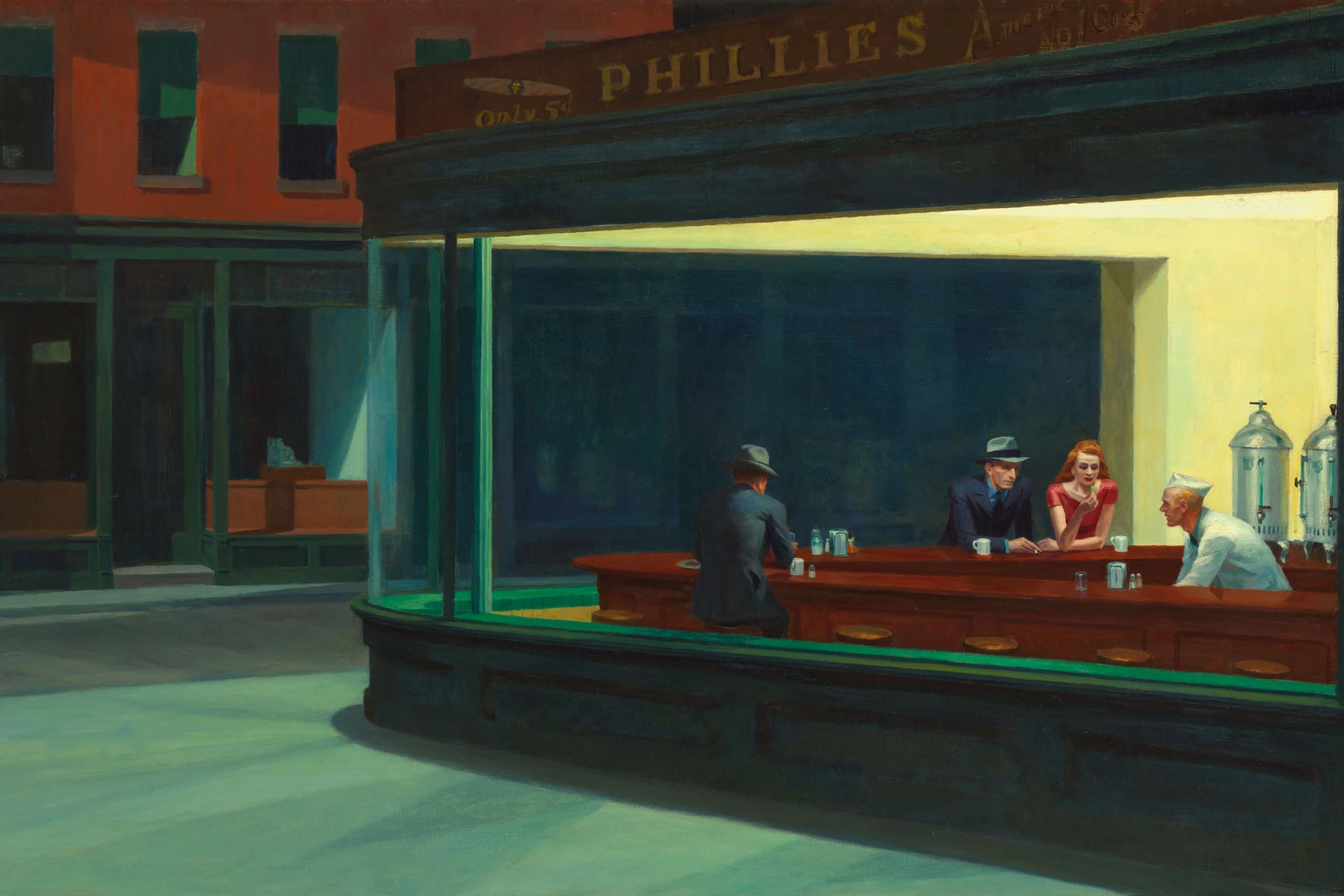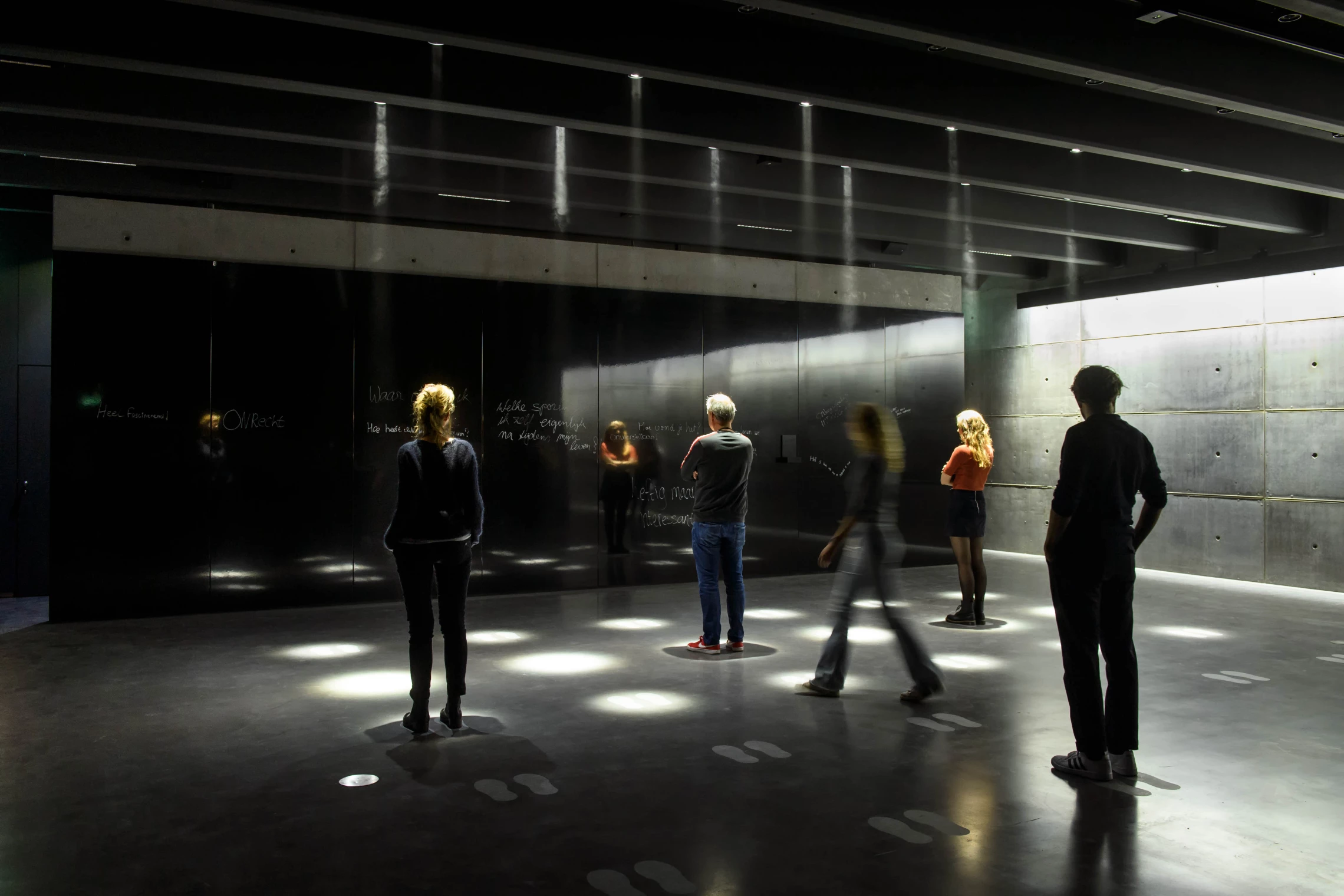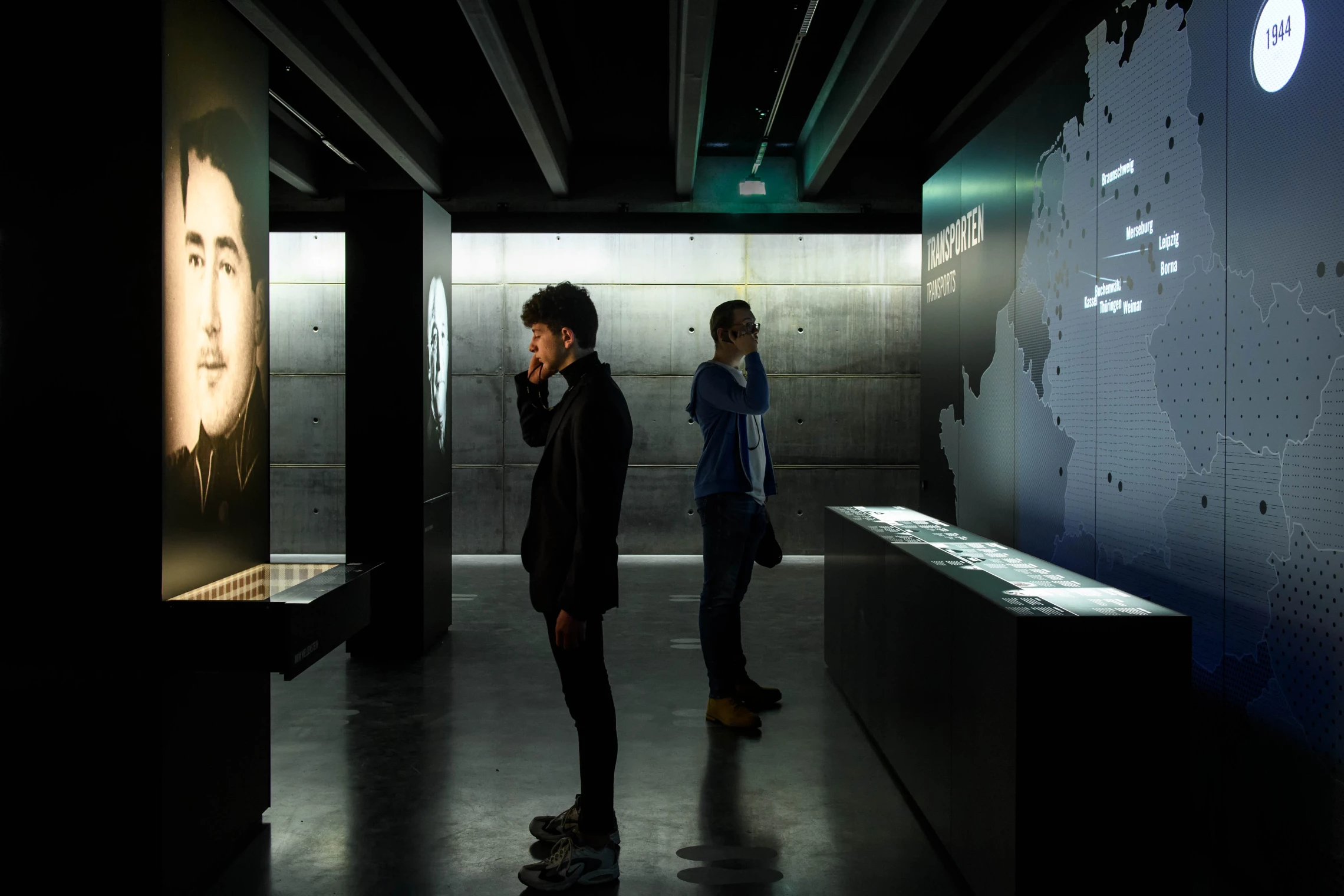we are experience designers
grillrooms and museums
back to work! (3)
When our cultural institutions reopen their doors to the public, some things have changed forever. The invasion of digital media into our living rooms is forcing museums and other destinations to rethink their offerings. In a series of posts, I'll explore what may have changed and how smart museums are taking advantage of it.
In this peculiar final phase of the pandemic, we are experiencing all the better what it is like not to be able to visit our favourite hangouts. I am collecting and researching those experiences, in order to get new ideas for spatial design. I use the lack of experiences due to the lockdown, to explore and understand my own needs. In this way, the power of real places comes into focus for me. And since half of the world's population is in this situation, ideas for post corona design could follow from that.
I use the lack of experiences due to the lockdown, to explore and understand my own needs. In this way, the power of real places comes into focus for me.
In my life as an experience designer, I have intensive conversations all day long about spatial design, business conditions and all the things you have on your mind as an entrepreneur. Sometimes I have to break out of that and this is how I do it: I schedule a vague appointment in my agenda, so that no one knows where I am and - for one hour - no one misses me. I then wander through the city on my own and, even though I am already 52, I have the feeling that I am playing hooky in an old-fashioned way. A great feeling still!
My hour of absence doesn't just consist of a walk, but has its own secret climax. I go to a grill room and order a roast meat sandwich. This oriental form of barbecue has taken the world by storm. I'm sure there are grill rooms in your country too. They are usually rather bare-bones establishments, mainly frequented by men and they serve a simple menu with different variations of shoarma, shaslick or dürum. The drink menu is not very sophisticated. In Holland it includes cola, milk and a sour drink from Turkey called Ayran.
Because of the gradual lifting of the COVID lockdown, these joints are allowed to be open in the Netherlands, but you are not allowed to eat there. So I am devoid of my magical moment. Sure, I'm allowed to pick up my sandwich, but it's not the same. I want to sit inside with a group of unsociable men. I want to drink my milk in solitude, surrounded by other mortals who don’t pay attention to each other. A strange form of pleasure, once captured by Edward Hopper and otherwise overlooked by all.


This personal ritual teaches me something big about experience design for museums. And that is that uplifting moments don't have to be spectacular. Preferably not even, because everyday life already is. It's also a question of whether I need a lot of new stories. After all, I see hundreds of them popping up every hour on NU.nl and all my social media apps. And speaking of social: I don't always need a group experience. A moment of solitude can be nice too. And speaking of social: I don't always have to be social with people. A moment of solitude can be nice too.
Your venue might be used that way on a daily basis. Some of your guests have wriggled free from the turbulent world and are treating themselves to a lovely moment to themselves. You are their truancy location. Do you take that into account in your plans? It's very nice when there are places in a city where you don't have to be outgoing, but where you are invited to be in-going. It's remarkable that we don't have a proper word for that.
Let's think of a museum as a narrative temple where people come for a spiritual cleansing ritual.
Let's think of a museum as a narrative temple where people come for a spiritual cleansing ritual. An oasis of tranquility in the midst of our hectic lives, which offers what no digital medium offers and what cannot be found at home either: seclusion, a well-directed atmosphere and the opportunity to immerse oneself in a story of interest. In which the major event is the encounter with authentic objects and artistic expressions.
At first glance, this seems an odd conclusion for an experience designer. We are known for delivering narrative fireworks to museums and other public places, to turn them into an experience, so to say. The broader the arsenal of experiences we provide, the better we would be at our craft. The more intense the emotion, the greater the impact. Selling the Sizzle, not the steak. Clients want us to design a lot of experience, especially. The more interaction, the better.


But the idea of a narrative temple is just the follow-up to that thought. Capturing the attention of visitors is the core of our work, after which we guide that attention precisely in the flow of the visit. Strong experiential design makes people pay attention, slows them down in their momentum, and perks them up at just the right moment. Just as a good movie has a rhythm, with acceleration and deceleration, intensity and relaxation and recognition and surprise.
A museum houses a community of intention: they are interested in the same subject.
Finally, Edward Hopper has one more insight to offer. A museum houses a community of intention. All the people in the building, whether they work there or visit it, know one thing for sure about each other: they are interested in the same subject. That's a pleasant social experience and you don't have to do anything for it. Better not, even. Think of the men in the grillroom. They wouldn't want to cosy up to me or each other for anything. And that is precisely why it is cosy.


Exhibition making is essentially a sensual profession: you lead the attention of your guests to a place where they would like to be, but where they would not be so quick to go on their own. That's a game of seduction, where you have to get past other attention-getters. Think about that when you create your next briefing. And if that doesn't work out, the grill room is just around the corner.
This is the third article in a series about experience design in the post corona age.
Read more about experience design.